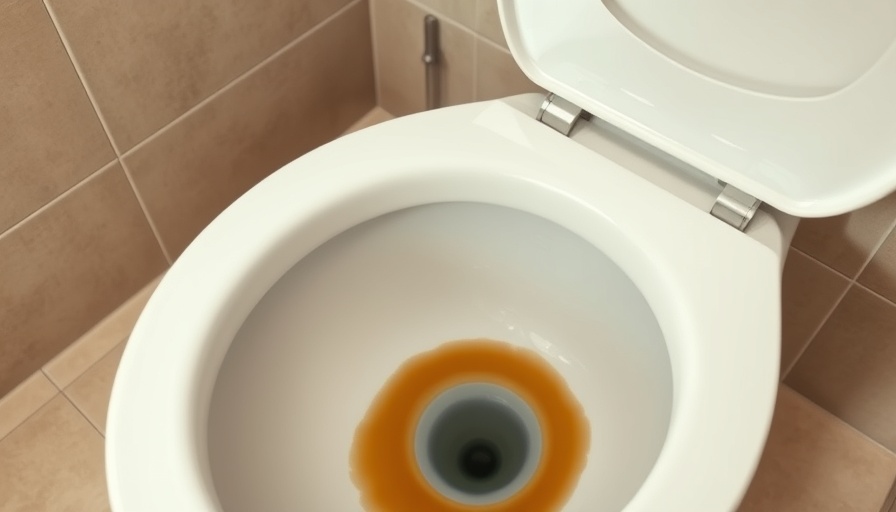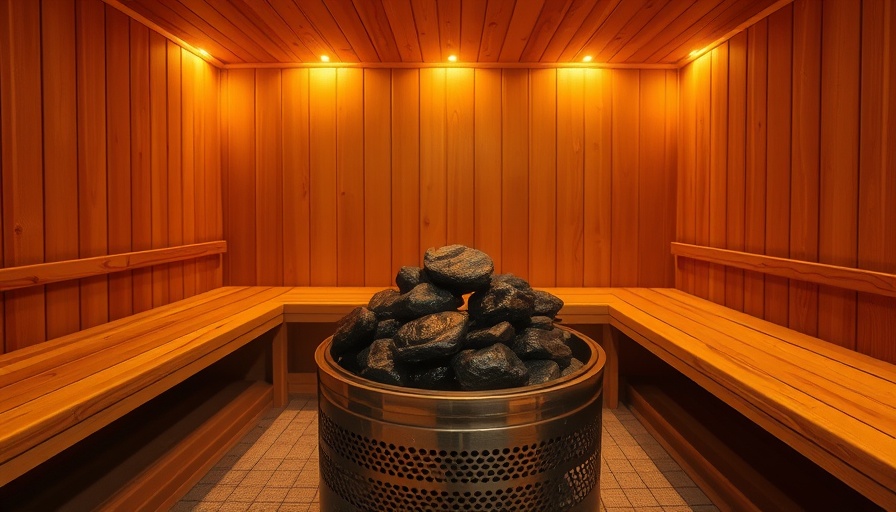
Understanding the Dilemma of Hard Water Stains
Hard water stains can be a homeowner's worst nightmare, particularly in a household where cleanliness and comfort are paramount. These pesky stains, formed from calcium and magnesium deposits, don’t just limit themselves to the toilet. They can sneak their way into faucets, showers, and tiles, leading to a build-up that can seem impossible to tackle. But fear not! With the right methods and materials, you can restore your bathroom’s beauty without the need for expensive chemical cleaners.
Eco-Friendly Solutions to the Rescue
If you’re environmentally conscious and prefer natural cleaning solutions, you've hit the jackpot! Many of the best substances for eliminating hard water stains are common household items. Here are some of the best eco-friendly options:
- White Vinegar: This kitchen staple is acetic acid, making it effective against mineral deposits. Pouring it into the toilet and letting it sit will soften those tough stains.
- Baking Soda: Known for its deodorizing properties, baking soda can be combined with vinegar to create a bubbly reaction that lifts grime, making it perfect for treating stains.
- Borax: A magical powder that works wonders when mixed with vinegar or used on its own to scrub away hard water deposits.
Step-by-Step Cleaning Techniques
Now, let’s dive into effective methods for cleaning those hard water stains in the toilet:
1. The Power of White Vinegar
Start by removing the majority of the water using a plunger, then dry the bowl with paper towels. Pour in about 2 cups of white vinegar and let it sit for a few hours. Afterward, use a toilet brush to scrub the stains, applying more vinegar if necessary. For exceptionally tough marks, a pumice stone can be a game changer, just ensure the stone is wet to prevent scratching.
2. Baking Soda and Vinegar: A Dynamic Duo
Combine 1 cup of baking soda with 2 cups of vinegar for a powerful cleaner. Pour the vinegar into the toilet first, followed by the baking soda. You might notice some fizzing! Allow it to sit for at least 10 minutes before scrubbing with a toilet brush.
3. Borax Extra Boost
For an enhanced clean, sprinkle ½ cup of Borax into the toilet bowl and let it sit for about 20 minutes. Then scrub away the stains with a brush, followed by a flush to rinse everything away.
Additional Insights on Hard Water Issues
Many homeowners may not realize that hard water issues extend beyond just unsightly stains; they can also lead to plumbing problems. Mineral build-up can cause clogs and diminished flow rates in your water system. These cleaning methods not only improve the appearance of your toilet but also contribute to the longevity of your plumbing fixtures.
Taking Preventative Measures Against Hard Water
To prevent the build-up of hard water stains in the future, consider these tips:
- Water Softener Installation: If hard water is a consistent problem, it may be worth investing in a water softener system to reduce mineral content.
- Routine Maintenance: Develop a regular cleaning schedule using the eco-friendly methods mentioned above to keep hard water deposits at bay.
Engaging Perspectives from the Community
It’s fascinating to see how different homeowners tackle the same issue. One reader shared how using Coca-Cola not only cleaned her toilet but also left a fresh scent—an affordable and surprising twist! Others have recommended lavender oil for added fragrance. Exploring these perspectives can provide new and effective ways to approach your cleaning regimen.
Your Call to Action: Take Control of Your Bathroom!
Don’t let hard water stains rule your bathroom! Try out these cleaning methods today, and you’ll be amazed at the transformation. Remember, keeping your home clean and environmentally friendly is achievable with the right strategies and tools. Share your own experiences and any tips that work best for you in the comments below!
 Add Row
Add Row  Add
Add 




Write A Comment